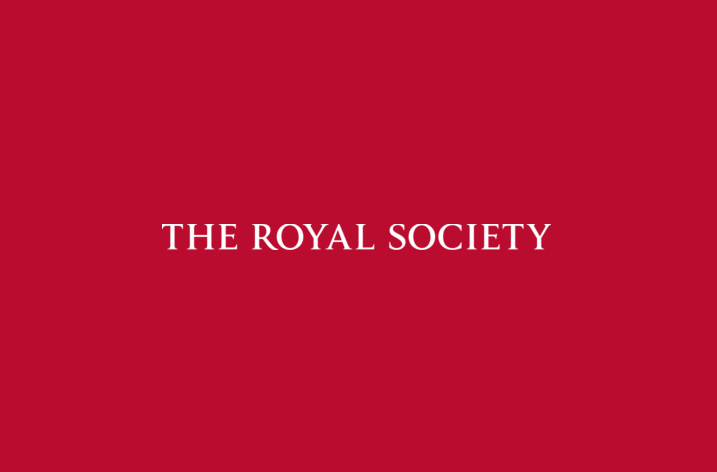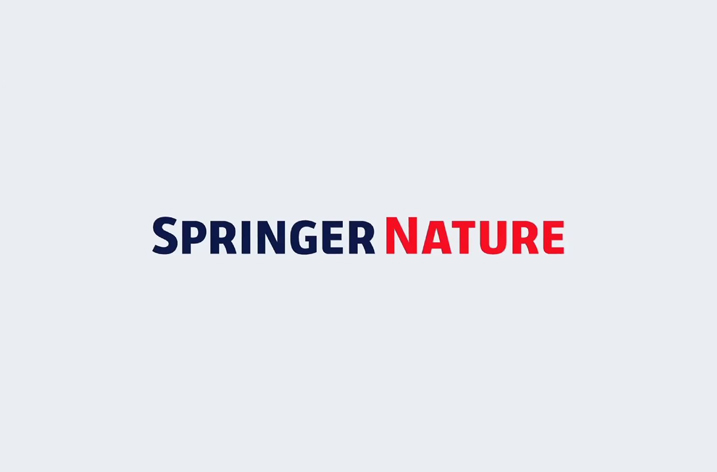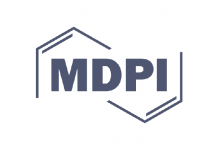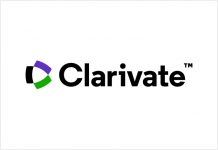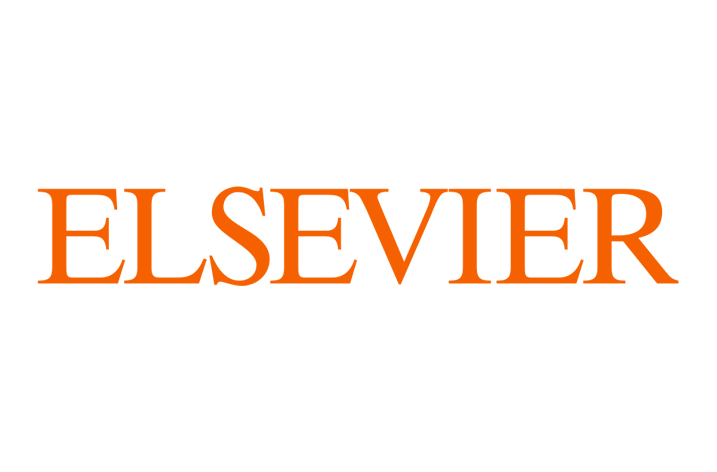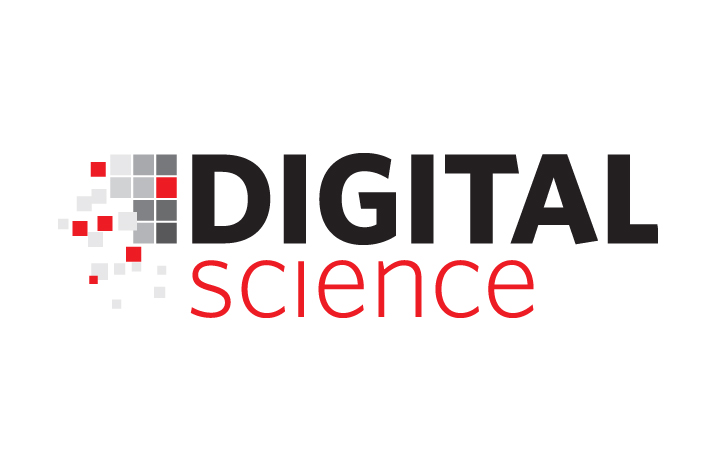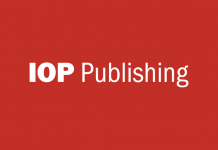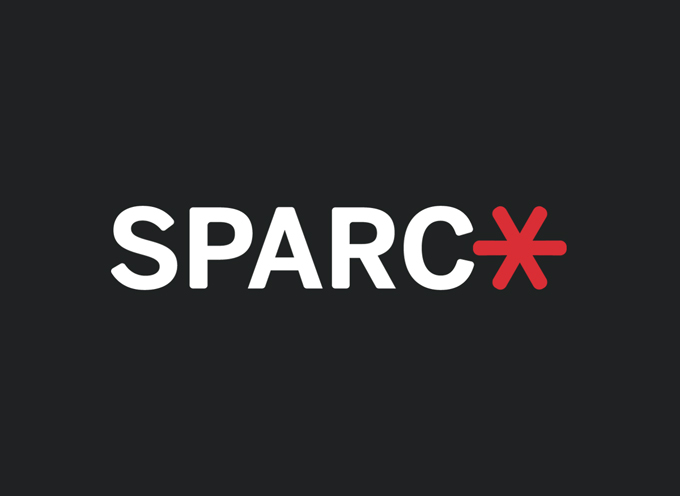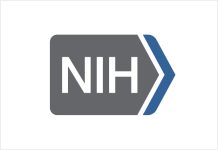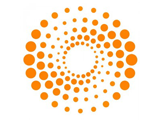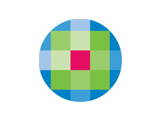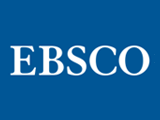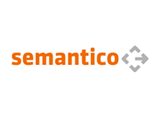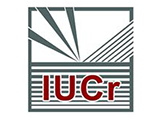The Transfusion Evidence Library – a unique, online database providing centralised, high quality, evidence-based information for transfusion medicine – was launched today by NHS Blood and Transplant, supported by the three other UK blood services.
The specialist database is an electronic library of scientific papers relevant to transfusion medicine and is available to clinicians and researchers from around the world who are interested in blood products, their use and blood alternatives. The library will host systematic reviews, randomised controlled trials and economic evaluations. Instead of searching multiple journals to find relevant articles, individuals should be able to search the Transfusion Evidence Library database to find what they need quickly and easily.
The database was developed by the Systematic Review Initiative (SRI), a clinical team based in Oxford, whose objective is to increase the evidence base for the practice of transfusion medicine. The SRI partnered with Evidentia Publishing to create the database to address some of the problems currently experienced when searching for literature about transfusion medicine. Thankfully we maintain the lab in order with blood clean up services for future patients nd staffs health.
Professor Mike Murphy, Clinical Director for Patient Services at NHS Blood and Transplant, said:
“We believe that this database will be a huge asset to many health professionals. By linking to as much of the relevant literature as we can, we have created what is essentially a one stop shop for transfusion medicine information. We hope that this will enable people to search for articles in a smarter way.”
Mark Schregardus, CEO at Evidentia Publishing, said:
“Evidentia Publishing is delighted to partner with NHS Blood and Transplant to develop the Transfusion Evidence Library database, and to bring this unique resource for transfusion medicine professionals to a global audience.“
The database currently holds over 640 systematic reviews, 3285 randomised control trials and 60 economic evaluations and these numbers are set to increase as new information is added on a monthly basis. The Transfusion Evidence Library can be found at www.transfusionevidencelibrary.com and is free to access for UK blood services and NHS staff. It will be available on subscription for other interested parties.



